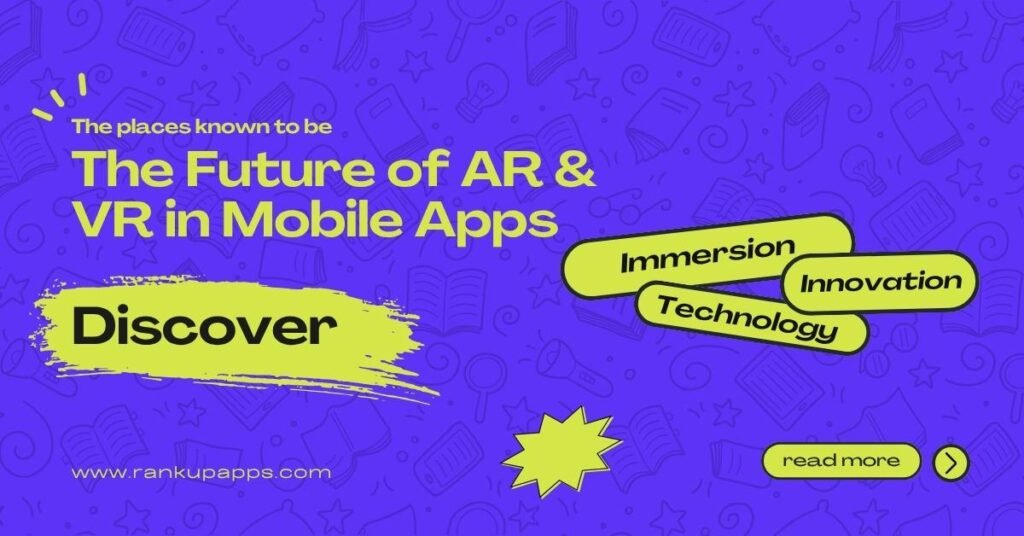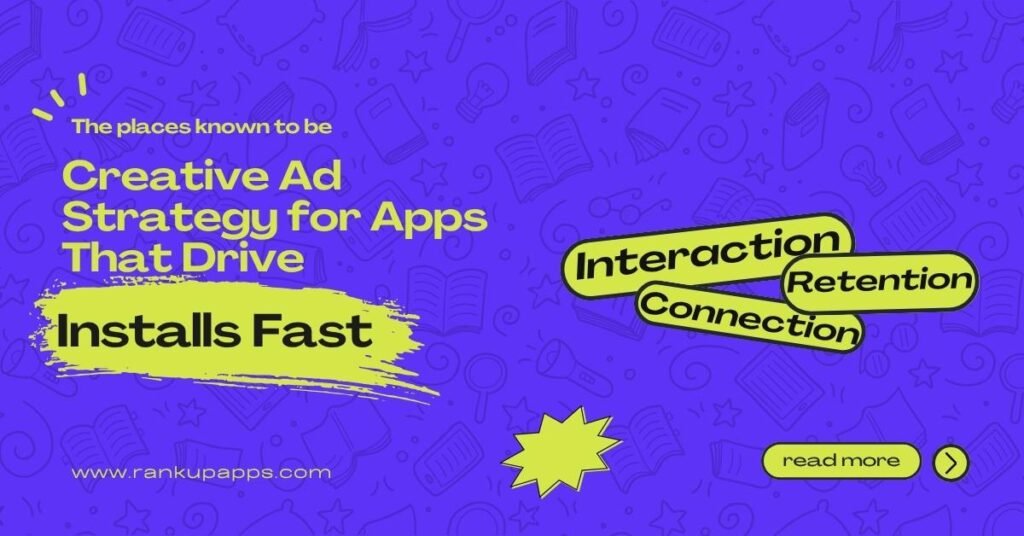The Future of AR & VR in Mobile Apps
The mobile application market is entering its most disruptive phase, driven by the shift to spatial computing. Augmented Reality (AR) and Virtual Reality (VR) are now mainstream in apps, thanks to powerful smartphone hardware and developer frameworks like ARKit. This market, poised for explosive growth, signifies mass adoption across everyday user experiences. The future is clearly mobile, transforming passive consumption into active, immersive engagement. Businesses must fundamentally rethink their AR in mobile apps strategies to interact with the user’s physical world. Understanding AR & VR in Mobile Applications The terms AR and VR are often used interchangeably. However, they actually represent two fundamentally different approaches to immersive technology. Crucially, each approach has unique capabilities in mobile applications. What Is Augmented Reality (AR) in Apps? Augmented Reality (AR) works by overlaying digital information such as 3D models, graphics, or data onto the user’s real-world environment. In essence, it acts as an enhancement. It utilizes the smartphone’s camera to process the environment and place virtual elements within it. Common examples include interactive social media filters, which map digital masks onto faces. Similarly, immersive shopping experiences allow users to preview furniture in their living room before purchasing. AR is characterized by its reliance on the existing physical environment. Therefore, it is highly accessible through standard smartphones. What Is Virtual Reality (VR) in Apps? Virtual Reality (VR), conversely, creates a completely fabricated, three-dimensional environment. This environment fully immerses the user, cutting off their view of the real world. In the context of VR mobile applications, this is usually achieved via smartphone-powered headsets (like Google Cardboard). Nevertheless, dedicated standalone headsets are quickly becoming the norm. Use cases revolve around total immersion, including gaming, high-fidelity corporate training simulations, or fully rendered virtual property tours. VR’s primary goal is to create a powerful sense of ‘presence’ within a new digital world. AR vs VR – Key Differences & Use Cases While both fall under the umbrella of extended reality (XR), their application differs significantly. AR focuses on practical, real-world enhancement. In contrast, VR delivers entirely new, immersive worlds. The choice between AR mobile apps and VR mobile applications depends entirely on the required level of immersion. Furthermore, it hinges on whether interaction with the physical environment is necessary. Aspect AR (Augmented Reality) VR (Virtual Reality) Experience Enhances real world Creates new world Devices Smartphones, AR glasses VR headsets Best For Retail, navigation, education Gaming, training, real estate Example IKEA Place app (furniture preview) Meta Quest 3 gaming / Surgery simulators The Current Role of AR & VR in Mobile App Development Market Growth and Trends in AR/VR The AR VR app trends show a clear trajectory toward market dominance. The global XR market is projected to reach well over a billion by 2025. Significantly, mobile AR is driving the largest portion of consumer revenue. Indeed, this growth is fueled by improved spatial tracking, cloud rendering capabilities, and increasing device accessibility. Developers are shifting from building novelty experiences. Instead, they are creating persistent, location-based AR content. It means the virtual elements stay anchored in the real world for all users. Ultimately, this persistence is key to scaling usage. Key Sectors Driving Adoption Adoption is strongest in several crucial sectors: Gaming: Continues to be a primary driver, with AR VR market growth fueled by titles that blend the real and digital worlds (e.g., Pokémon GO). Retail: AR try-ons have become standard, reducing return rates and increasing consumer confidence. Healthcare: VR is used extensively for pain management and cognitive therapy, while AR aids in diagnostics and training. Education: AR apps allow students to dissect virtual models or visualize complex data in 3D, moving beyond traditional textbooks. Real Estate: VR offers cost-effective, global property viewings. AR & VR in Everyday Mobile Use The penetration of AR and VR into daily life is evident. For example, AR mobile apps like Instagram and TikTok utilize sophisticated face-mapping technology for their filters. It makes AR a universally accepted form of communication. E-commerce platforms integrate AR shopping try-ons for everything from eyeglasses to clothing. In addition, basic VR property tours are becoming standard for potential buyers. Specialized mobile training modules also use immersive technology to onboard new employees. Clearly, AR and VR are no longer just future concepts, but essential features of modern mobile applications. Benefits of AR & VR in Mobile Apps Integrating immersive technologies offers profound competitive advantages across various industries, dramatically improving customer experience and operational efficiency. Enhanced User Engagement – immersive experiences. Benefit: AR and VR convert passive screen time into interactive, three-dimensional experiences. Consequently, this level of interaction drives longer session times, higher stickiness, and a stronger emotional connection to the brand or service. For instance, an AR tourism app allows users to see historical sites rebuilt in their current location. It offers engagement far surpassing simple text and images. Boost in E-Commerce Sales – virtual try-ons. Benefit: The ability to visualize products accurately within a personal context significantly reduces the uncertainty of online shopping. Specifically, users can place a new sofa in their living room via an AR app. This tangible preview drives substantial increases in confidence. Therefore, it leads to fewer returns and measurable growth in e-commerce sales, highlighting the direct benefits of AR in apps. Improved Education & Training – VR classrooms, AR simulations. Benefit: VR provides high-risk training simulations in a safe, controlled environment (e.g., machinery repair). Furthermore, VR advantages mobile apps by allowing students to learn kinesthetically. AR apps, for example, those that superimpose diagnostic information onto patient scans in healthcare, accelerate learning. They also improve retention rates by providing context-aware information. Healthcare Innovation – remote surgeries, AR diagnostics. Benefit: AR provides surgical teams with real-time patient data overlaid onto the operating field. Consequently, this enhances surgical precision. Mobile VR therapy apps offer guided meditation and exposure therapy for phobias. Specifically, they utilize the immersive environment to deliver powerful, personalized mental health treatments. Tourism & Real Estate – virtual property and travel previews. Benefit: High-quality VR property and travel previews circumvent the cost and











